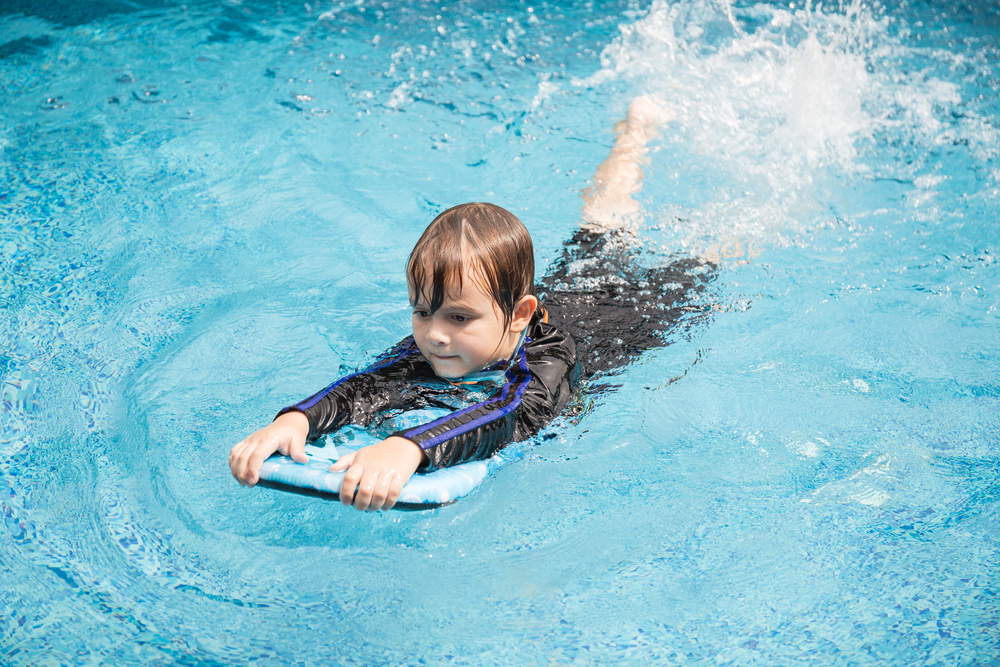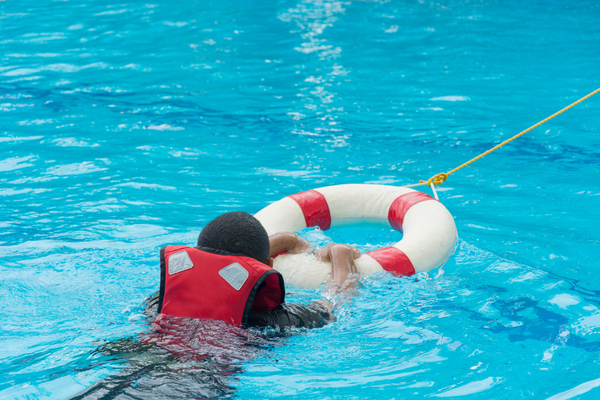Children's Health
First Aid: How to save your children from drowning

Swimming is one of the fun activities that most kids prefer during Summer. However, water activities come with a risk of drowning. Here are some tips on how it happens and what to do.
Causes of Drowning
Drowning occurs when the mouth and nose are submerged for prolonged periods of time, preventing the lungs from getting oxygen. Children can drown in pools, open bodies of water like rivers or seas, bathtubs, and even toilets. A child can drown when children who don't know how to swim wander into the water or when adept swimmers become injured or pass out in the water. A drowning victim will usually lose consciousness after a couple minutes and die soon afterward if they aren't rescued from the water.
How to Prevent Drowning
-
Children should always be supervised by an adult.
Preferably a trained lifeguard, while swimming or accompanied by someone who knows how to swim. -
All children should learn to swim properly.
Parents should consider investing in swim lessons to ensure that their children become strong swimmers. Parents of young children or inexperienced swimmers should place barriers at least 1.5 meters high around pools or other bodies of water near their house. -
Inexperienced swimmers should wear a life jacket at all times when in the water.
All buckles and straps on life jackets should be functional. Floatable swimming toys such as rafts and Noodles aren't adequate substitutes for life jackets.
What to do if drowning occurs
-
Drowning victims may be floating at the surface or submerged deep under the water.
-
They may be thrashing around in the water, or they may be unconscious and motionless.
-
In any situation where a swimmer is struggling in the water and failing to make forward progress towards the water's edge, you should assume they are in the early stages of drowning and act accordingly.
-
If a child goes missing, immediately check the water.

Do not enter deep water in order to save an active drowning victim – they'll likely grab onto you, preventing you from returning to the water's edge. Instead, throw objects into the water for them to grab onto, or reach out a hand to them from the water's edge if possible and get them out of the water, lay them on the ground and check vital signs. If a drowning victim is unconscious, submerged, or difficult to get to, call 9-1-1.
To learn more about how to help a drowning victim, consider enrolling in accredited first aid and CPR courses.














